Significance
Xia-Hai City God Temple is an important center of folk religion in the Dadaocheng area of Taipei City. It is renowned both at home and abroad for one of its deities, Yue Lao, who possesses power over marriage and relationships. Although the temple is small and renovated many times, it is packed with architectural elements of traditional Minnan (southern Chinese) temples, which can be seen in its curved lines and emphasis on ornamentation. Temple decoration includes pottery figures, murals, paintings, mosaic-like cut-and-paste porcelain (jiǎnnián ), and Koji ceramics. Aside from the works completed during the era of Japanese rule in Taiwan, temple restorations have mostly been done by famous masters who carefully preserved the statues of deities, ritual implements, plaques, couplets, steles, historical documents, and other relics. The famous Welcoming of the City God event has a history of over a hundred years. It is a highly celebrated religious event in the Dadaocheng area as along with the whole Northern Taiwan region. The “nighttime patrol” (ànfǎng) at the temple is one of the three largest in the Taipei region, and the annual pilgrimage (ràojìng) is the largest in Northern Taiwan. The event is also often referred to as “People-Watching on the 13th day of the Fifth Lunar Month,” because of the incredible crowds that throng this festival. The construction and development of Xia-Hai City God Temple is closely connected to the history of local residents who migrated from Tong’an County, Fujian.
History
Xia-Hai City God Temple is located on Dihua Street. The main deity is the Xia-Hai City God, who plays a major role in the folk religion of the Dadaocheng area. The temple is also one of the three main local temples, along with Fazhugong Temple and Cisheng Temple (or Dadaocheng Matzu Temple). In 1821, hundreds of settlers from Tong’an, Fujian arrived in Manka (Mangka), Taiwan. One of the settlers, a merchant named Chen Jin-Rong, enshrined the Xia-Hai City God, which he had carried over from Tong’an, in his own home in Taiwan (Ba Jia Zhuang in Manka, near today’s Laosong Elementary School) and invited fellow settlers to worship together. In 1853, armed conflict broke out between groups of settlers originating from the Sanyi and Tong’an Districts of Quanzhou City, Fujian, ultimately forcing settlers from Tong’an to resettle in Dadaocheng. The statue of the City God survived the conflict and continued to be enshrined at Chen’s house after the move to Dadaocheng. This state of affairs continued until the Tong’an settlers were able to construct a new temple at Xia-hai Temple’s current location. Despite being only 46 ping (approximately 150 square meters), the temple once contained more than six hundred statues of deities, making it the temple with the highest density of statues in Taiwan. Yue Lao (the God of Marriage) was enshrined in the temple in 1971. Xia-Hai City God Temple is now listed as one of Taipei’s municipal historical sites.
Special Features
1Paintings on the Building Frame and PillarsThe architecture of Xia-Hai City God Temple is that of a street-side shopfront. Its roof is built in the Gelin style, which consists of an exposed beam with a ridge beam and purlin framing laid across between the gables and supporting the rafters and roof. Not a single pillar can be found in the temple interior. Due to the simplicity of its structure, its decoration is mostly paintings on the roof beams. The painting on the beam at the back of the worship hall is divided into three sections. The middle section is titled Conversation with a Monk (sēngsú wèndá). The sections on either side feature chrysanthemums and lotus. There are two beams in the main hall with three sections of paintings as well. The central section of the front beam is called A Conversation between Confucius and Xiang Tuo (kǒngxiàng wèndá). The two side sections invoke wishes for longevity to male and female visitors. These paintings are the works of Cai Long-Jin (1948 – present), a student of the late great painter Pan Li-shui (1914 – 1995) from Tainan. On the beam over the shrine are three more paintings. The central piece is titled Wealth and Longevity (fùguì shòukǎo). It is accompanied by depictions of a lotus and a Chinese plum. These were composed by Pan Yue-Xiong (1943 – present), the son of Pan Li-shui.
2Koji Ceramic DecorationsXia-Hai City God Temple is quite small and its ornamentation is mostly found on the walls, eaves, and arcade area of the Main Hall . During the temple renovation in 1994, a large number of Koji ceramics works were added to the temple decoration. In particular, the design of the invocations Nan Ji Xing Hui and Ma Gu Xian Shou—prayers for longevity for men and women—found on the eaves of the worship pavilion, are especially impressive. Intricate Koji Ceramic friezes representing the City God and the Eight Immortals can also be found on the pediment of the “resting room” of the left wing.
3Murals by Artist Shou-Yi Chen Decorative ink brush wall murals can be found in the Xia-Hai City God Temple on the two sidewalls of the main hall, as well as on either side of the City God. The two murals on the side walls are titled Immortality and Wealth while those on either side of the City God are called Banquet of Deities and Seven Sages of the Bamboo Grove. All four murals are the works of renowned artist Chen Yu-feng (1900 – 1964) and his son Chen Shou-yi (1934 – 2012). The two artists displayed masterful painting skills in traditional ink brush painting, expressing simplicity in each stroke and elegance in overall composition.
Decorative ink brush wall murals can be found in the Xia-Hai City God Temple on the two sidewalls of the main hall, as well as on either side of the City God. The two murals on the side walls are titled Immortality and Wealth while those on either side of the City God are called Banquet of Deities and Seven Sages of the Bamboo Grove. All four murals are the works of renowned artist Chen Yu-feng (1900 – 1964) and his son Chen Shou-yi (1934 – 2012). The two artists displayed masterful painting skills in traditional ink brush painting, expressing simplicity in each stroke and elegance in overall composition.
4Mosaic-Like Cut-and-Paste Porcelain (jiǎnnián) in the Main Hall
The most impressive mosaic-like cut-and-paste porcelains in Xia-Hai City God Temple can be found on the sidewalls inside the main hall, each paired with a decorative frieze (shuǐchēdǔ) above it. Done as part of the renovations during the Japanese era in Taiwan, the pieces tell stories from the classical novels Romance of the Three Kingdoms and Investiture of the Gods. Although the artworks are somewhat blackened by time, they are still preserved in their entirety. The mosaic-like cut-and-paste porcelains on the decorative frieze at the back of the main hall are titled Supplication and Blessings. They were crafted by Chen Tian-qi (1906 – 1990), who was a renowned sculptor during the Japanese era in Taiwan. His precise craftsmanship resulted in vividly expressive works.
5Figurative Pottery in the Dragon-Tiger Wall Friezes
Set into the sides of the wall of the main hall are two enormous bas-relief pottery works, a dragon on the left and a tiger on the right. They are the works of craftsman Chen Tian-Qi, created as part of the renovations done during the Japanese occupation of Taiwan. These vivid and charming depictions are especially unusual due to their black backgrounds. The sculptures were repainted during a recent temple renovation, accentuating their depth and making them even more imposing.
6Portraits of the Door Gods At the front of Xia-Hai City God Temple is the Sanchuan (front) Gate. The portraits of Qin Shubao and Yuchi Gong are painted on the central doors to guard the entrance to the temple. The two Door Gods dressed in full armor, completed with bows and arrows, express an air of quiet power. The vivid portraits were meticulously created by master painter Pan Yue-Xiong.
At the front of Xia-Hai City God Temple is the Sanchuan (front) Gate. The portraits of Qin Shubao and Yuchi Gong are painted on the central doors to guard the entrance to the temple. The two Door Gods dressed in full armor, completed with bows and arrows, express an air of quiet power. The vivid portraits were meticulously created by master painter Pan Yue-Xiong.
7The Welcoming of the City God on the 13th day of the Fifth Lunar Month The famous Welcoming of the City God on the 13th day of the Fifth Lunar Month at Taipei Xia-Hai City God Temple originated in 1879. It is a major religious festival in the Dadaocheng area, as well as the entirety of Northern Taiwan. The massive scale of the celebration has led to the common saying that “Taiwan has two major festivals—the Mazu Pilgrimage in the south and Welcoming of the City God in the north.” The festival includes a number of activities over the course of several days, including the Visit of the Five Deities (fàngjun), City God Birthday Worship (zhùshòu), “Nighttime Patrol Parade (ànfǎng), the Welcoming of the City God Tour (yíngchénghuáng), Emperor Liang Repentance Ritual (liánghuáng fǎhuì), Return of the Five Deities (shōujun), and drama performances to entertain the deities (qìzǐ yǎnxì chóushén). One of the most memorable parts of the festival is the stunning appearance of the Black and White Guardians of Impermanence (qīyé bāyé), the Magistrate of Culture and Warfare (wénwǔ pànguān), and other deities. Thus, the event is often called “People-Watching on the 13th day of the Fifth Lunar Month” and the “Best Welcoming Parade in the World.” The Welcoming of the City God is now listed as an official folk event in Taipei City.
The famous Welcoming of the City God on the 13th day of the Fifth Lunar Month at Taipei Xia-Hai City God Temple originated in 1879. It is a major religious festival in the Dadaocheng area, as well as the entirety of Northern Taiwan. The massive scale of the celebration has led to the common saying that “Taiwan has two major festivals—the Mazu Pilgrimage in the south and Welcoming of the City God in the north.” The festival includes a number of activities over the course of several days, including the Visit of the Five Deities (fàngjun), City God Birthday Worship (zhùshòu), “Nighttime Patrol Parade (ànfǎng), the Welcoming of the City God Tour (yíngchénghuáng), Emperor Liang Repentance Ritual (liánghuáng fǎhuì), Return of the Five Deities (shōujun), and drama performances to entertain the deities (qìzǐ yǎnxì chóushén). One of the most memorable parts of the festival is the stunning appearance of the Black and White Guardians of Impermanence (qīyé bāyé), the Magistrate of Culture and Warfare (wénwǔ pànguān), and other deities. Thus, the event is often called “People-Watching on the 13th day of the Fifth Lunar Month” and the “Best Welcoming Parade in the World.” The Welcoming of the City God is now listed as an official folk event in Taipei City.
8Shoes of the Wife of the City God Since Dadaocheng used to be a bustling commercial center in Taipei, prostitution also grew in the district. Married women would often pray to the Wife of the City God at the City God Temple for a happy and close-knit family. Whenever a woman received blessings from the Wife of the City God, she would bring a pair of embroidered slippers to express her gratitude. This later developed into the tradition of bringing small, embroidered shoes and cakes to the temple on the birthday of the Wife of the City God (on the 4th day of the ninth month of the lunar calendar) to wish Her a happy birthday.
Since Dadaocheng used to be a bustling commercial center in Taipei, prostitution also grew in the district. Married women would often pray to the Wife of the City God at the City God Temple for a happy and close-knit family. Whenever a woman received blessings from the Wife of the City God, she would bring a pair of embroidered slippers to express her gratitude. This later developed into the tradition of bringing small, embroidered shoes and cakes to the temple on the birthday of the Wife of the City God (on the 4th day of the ninth month of the lunar calendar) to wish Her a happy birthday.
Reminders
Xia-Hai City God Temple is renowned throughout Taiwan as a temple of Yue Lao (the God of Marriage). The temple furnishes prayer instructions in Mandarin, English, and Japanese. The temple also provides offering items for visitors to buy and offer to Yue Lao.
Panoramic
Directions